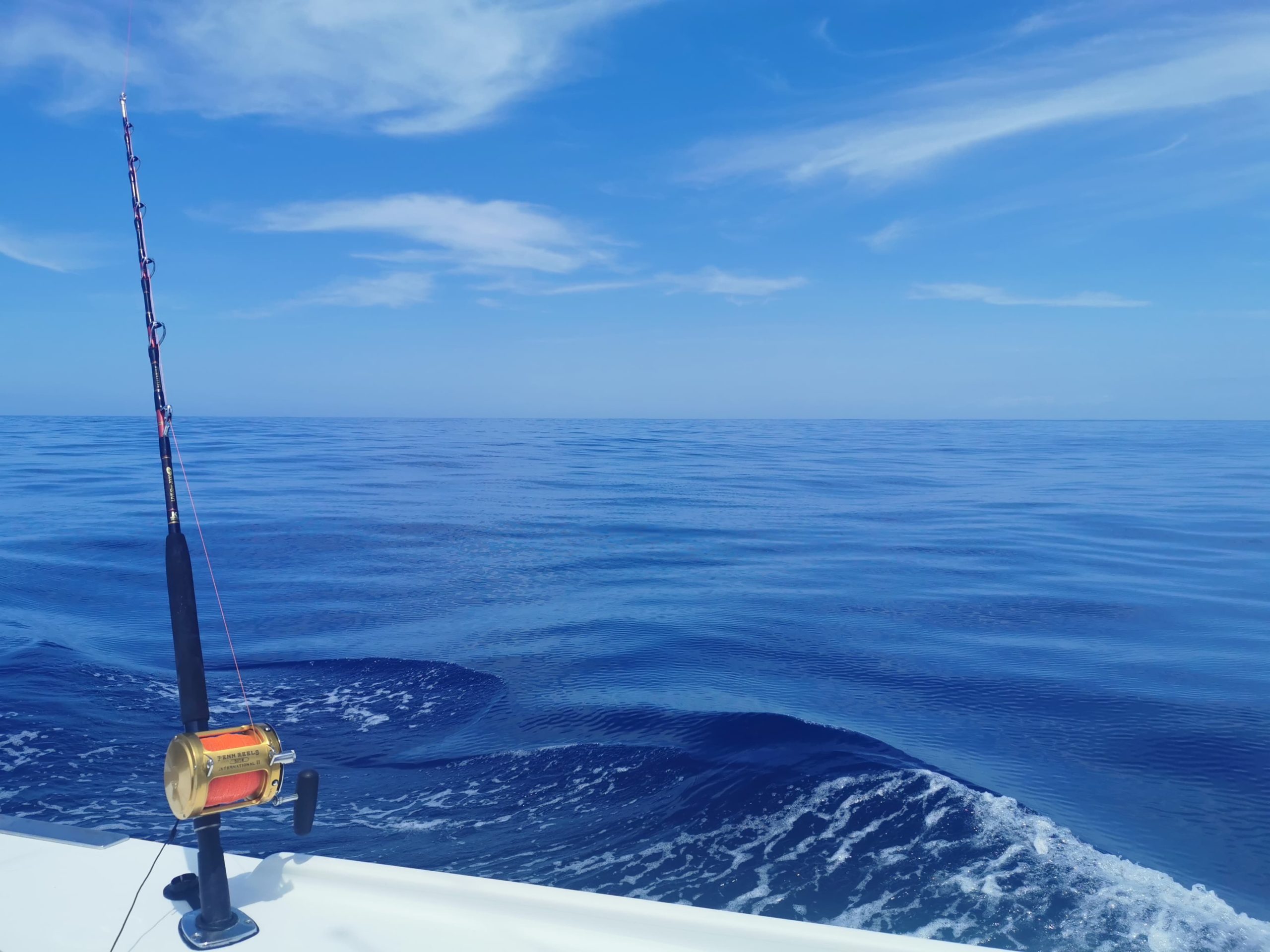FAQs
All FAQs |
Customary Fisheries | Fisheries Management | maximum sustainable yield | QMS | Economics | Fishing | Rescue Fish | Environment | Fishing methods | Recreational Fishing | Fishcare | customary | Kahawai | Reform scam | Baitfish | Scallops | Crayfish | WRC decision | Marlin | Reef fish
November 10, 2025
No. More information: Are marlin a part of the Quota Management System? What’s the problem with commercial fishers selling marlin that’s already dead?
November 10, 2025
Because if there is no economic return on a fish, and no Quota Management System standards applied, there is no guarantee the marlin would be kept in suitable conditions, iced and packed correctly, to ensure food safety. Creeping death. Once commercial fishers are permitted to land ‘dead’ marlin, those numbers will increase and the argument ... Read more.
November 10, 2025
Since monitoring cameras were installed, 20 vessels have reported returning to the sea 635 marlin, total weight around 50 tonnes. Fisheries NZ advises commercial fishers report around 75% of the marlin hooked are alive when brought to the boat. This means an estimated 25% of the marlin that are brought to the boat are dead. ... Read more.
November 7, 2025
Current regulations prohibit commercial fishers from keeping and selling 19 reef species, including red moki and boarfish, from waters surrounding the east and west coasts of the upper North Island. These areas are referred to as Fisheries Management Areas 1 and 9. See the map below for reference.
November 7, 2025
Our concerns lie with the fact that allowing dead marlin to be sold will change commercial fishers’ behaviours. Currently because the regulation prohibits dead marlin to be sold, they aren’t worth anything to the fishers, giving them little incentive for bringing aboard dead marlin. If this regulation is revoked there is a strong incentive for ... Read more.
November 7, 2025
Yes. In May 2013, the government released similar proposals to remove the regulation and allow for commercial fishers to keep and sell dead marlin. After three days, the then Fisheries Minister abandoned the proposal after strong public opposition resulting from LegaSea’s campaign “Hands off our Marlin”.
November 7, 2025
Marlin is not a part of the Quota Management System. All marlin are a solely non-commercial species. The New Zealand Sport Fishing Council and LegaSea support marlin remaining a recreational fishery. Since 1991 there has been a regulation in place that protects marlin from being kept and sold by commercial fishers.
November 6, 2025
In 1993 the regulation to prohibit certain reef fish from being kept and sold by commercial fishers was introduced to reduce the risk of depleting these vulnerable species. These specific reef fish species are considered more vulnerable to depletion as they are often slow-growing and long-lived. Since 1993 Fisheries NZ has done little to determine ... Read more.
November 6, 2025
In October 2025, Fisheries NZ proposed removing regulations to allow commercial fishers to keep and sell vulnerable reef fish species including; giant and long-finned boarfish, red pigfish, butterfly and splendid perch, scarlet and sandager’s wrasse, green and banded wrasse, red moki, goatfish, silver drummer, rock cod, kelpfish, black angelfish, marblefish, notch-headed marblefish, painted moki, and ... Read more.
November 6, 2025
In the 1980s the public and recreational fishers raised concerns about excessive numbers of striped marlin being caught by commercial fishers as non-target catch in the tuna longline fishery. In 1987 the Bay of Islands Swordfish Club alongside the New Zealand Sport Fishing Council advocated for the government to protect striped marlin from the ongoing ... Read more.

